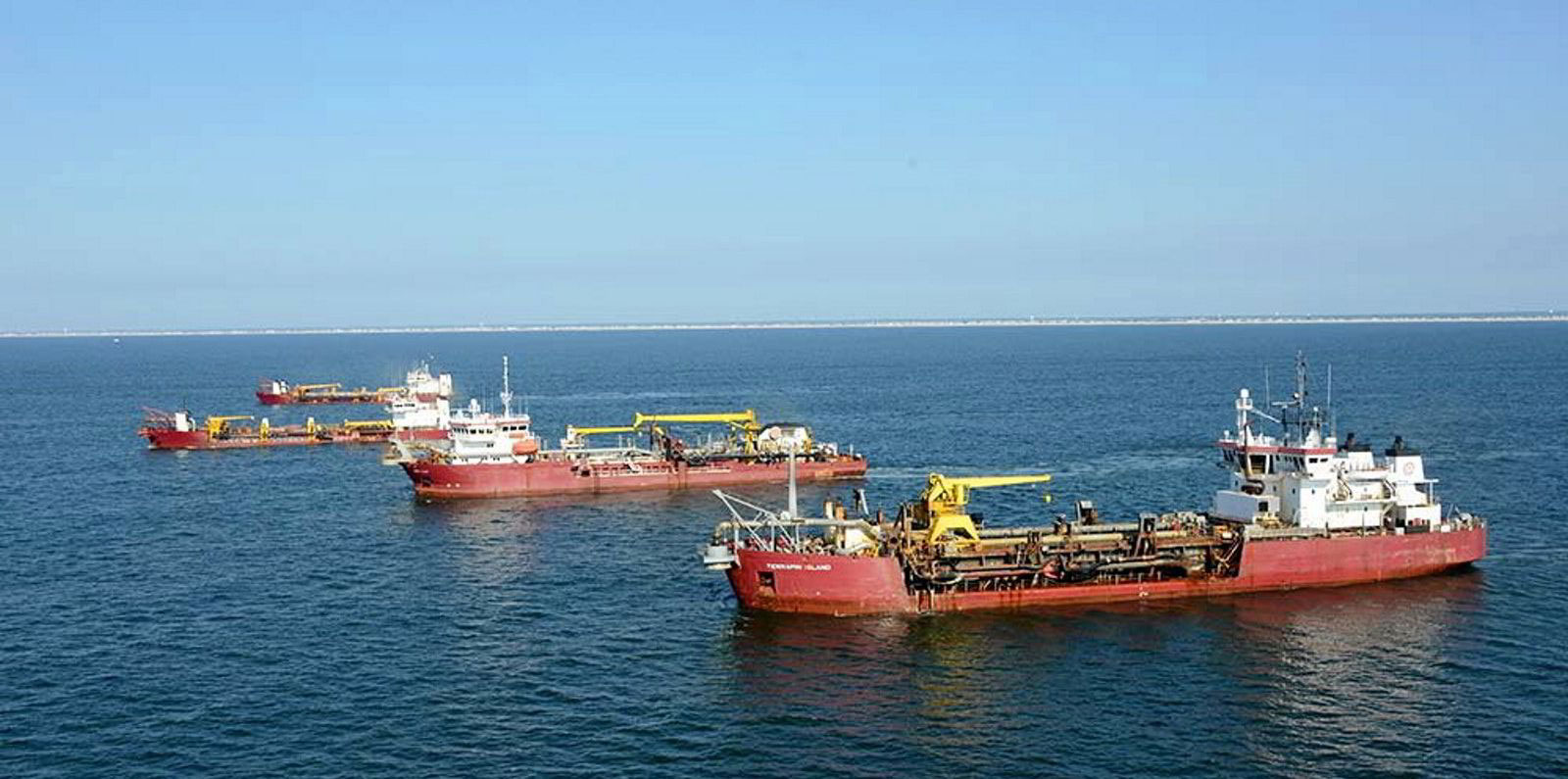Challenges Faced by Dredging Companies in Drought Conditions:
Dredging, the process of excavating and removing sediments and debris from the bottom of water bodies, plays a vital role in maintaining navigable waterways, restoring ecosystems, and supporting various marine construction projects. However, dredging companies often encounter a myriad of challenges that can impede the progress and success of their projects. One such challenge is drought conditions, which can significantly impact dredging operations. In this article, we explore the challenges faced by dredging companies in drought conditions and propose effective solutions to mitigate their effects.
- Decreased Water Levels: Drought conditions lead to a reduction in water levels in rivers, lakes, and other water bodies, making it challenging for dredging equipment to operate effectively. Insufficient water depth can restrict the movement of vessels and dredging machinery, limiting access to sediment deposits.
- Increased Sediment Consolidation: During droughts, sediments become more consolidated due to decreased water flow and increased exposure to air. This consolidation makes it harder for dredging equipment to extract and remove sediment, requiring more energy and time to complete the dredging process.
- Environmental Concerns: Drought conditions exacerbate environmental concerns associated with dredging activities. Reduced water levels can expose sensitive habitats and disturb aquatic ecosystems, leading to potential harm to aquatic flora and fauna.
- Limited Access to Water Resources: Droughts often result in water use restrictions and allocation priorities, limiting the availability of water resources for dredging operations. Dredging companies may face challenges in obtaining necessary permits and water rights, further complicating their projects.
Solutions to Mitigate Drought-related Challenges:
- Adoption of Innovative Dredging Technologies: Dredging companies can invest in innovative technologies designed to operate efficiently in shallow water conditions. For example, cutter suction dredgers equipped with adjustable dredging depths and advanced propulsion systems can navigate low water levels with ease.
- Utilization of Dewatering Techniques: To address sediment consolidation issues, dredging companies can employ dewatering techniques such as mechanical dewatering or sediment thickening. These methods help remove excess water from dredged material, reducing its volume and facilitating transportation and disposal.
- Implementation of Environmental Best Practices: Dredging companies must adhere to strict environmental regulations and implement best practices to minimize the ecological impact of their operations. This includes conducting thorough environmental assessments, implementing sediment containment measures, and employing eco-friendly dredging equipment.
- Collaboration with Stakeholders: Collaboration with government agencies, environmental organizations, and local communities is essential to address water resource management challenges during drought conditions. Dredging companies should engage stakeholders in dialogue to develop sustainable solutions that balance the needs of navigation, environmental conservation, and water resource management.
- Diversification of Water Sources: Dredging companies can explore alternative water sources such as recycled or treated wastewater to supplement dwindling freshwater supplies. Additionally, strategic planning and coordination with water authorities can help secure access to water resources essential for dredging operations.
While drought conditions present significant challenges for dredging companies, proactive planning, innovative technologies, and collaboration with stakeholders can help mitigate their impact and ensure the successful completion of dredging projects. By adopting sustainable practices and leveraging advancements in dredging technology, companies can navigate through drought-related challenges while safeguarding the environment and promoting the efficient management of water resources.
